Read the other articles in my series on Invasion Antwerp 1944 (an alternate military history):
Invasion Antwerp 1944 (intro article to this series)
Why Antwerp was a better location for D-day than Normandy (this article).
How would the German army respond? (upcoming)
Because Normandy was the ultimate selection of Allied generals for the D-day invasion, you may believe that it must have been the best choice. Normandy clearly was better than all the rival options but one (Antwerp).
How Normandy and Antwerp were similar
In the next section, I will go over the advantages that Antwerp possessed over Normandy. Here I will explain some advantages that both Normandy and Antwerp offered.
Both regions were within range of fighter aircraft based in England. Normandy did offer coverage from a larger number of British fighter bases, but given the overwhelming Allied air superiority, both locations offered plenty of fighter air support.
Both regions were close to English embarkation ports. This would limit the time duration when cargo ships were vulnerable to attack. Normandy had the advantage of access from ports on the southern coast of England, but Antwerp offered the advantage of access from ports on the eastern coast of England.
Both regions had suitable beaches for amphibious assault.
Pre-invasion concentration for both regions could easily be misinterpreted as Pas-de-Calais being the actual target for D-day. A critical part of the Allied plan was to keep the Germans thinking that Pas-de-Calais was the target so they would focus their divisions, coastal artillery, and ground fortifications in that region.
Advantages of Antwerp over Normandy
Advantage #1: Both the Zeeland landing beaches and port were much closer to the critical Ruhr industrial area and Berlin.
Zeeland beaches: 167 miles from Knocke (on the Zeeland beach) to Duisburg in Germany.
Port of Antwerp: 111 miles to Duisburg.
Normandy: 427 miles from Caen (on Normandy beach) to Duisburg. Ironically, the fastest route goes directly through Antwerp. Normandy beaches were the main Allied supply base in Northwest Europe from June 6, 1944, until the port of Cherbourg was fully up and running in late July 1944.
Cherbourg (the largest port in or near Normandy): 503 miles to Duisburg. Cherbourg was the main Allied supply base in Northwest Europe from late July 1944 until Antwerp port was fully up and running.
Note that this is almost 5 times the distance as Antwerp!Draw a straight line between London and Berlin, and it narrowly misses going through Antwerp.
Advantage #2: Antwerp and the surrounding areas were much less defended than Normandy in June 1944 (more on this in another article).
The Antwerp area had only three undermanned Static divisions (versus five in Normandy).
The Antwerp area had no regular German infantry divisions in the area (versus two in Normandy).
The Antwerp area had only one Panzer division within a few days of transport (versus five in or near Normandy). That division (1st SS Panzer division) was undergoing rest, refit, and training of new recruits in Leopoldsburg so it was far less ready for battle compared to Panzer divisions near Normandy.
Advantage #3: Invading Antwerp enabled immediate access to a very large deep-water port:
Antwerp was the largest port in Europe and rivaled in the world only by New York City, Rotterdam, and Hamburg.
The port of Antwerp was far larger in capacity and facilities than all French ports combined. The largest port in France was Marseilles on the Mediterranean, which could not supply the critical battle for the Ruhr.
The port of Antwerp enables US Liberty ships to sail directly from the US rather than transshipment in the UK (this avoids the time-consuming steps of unloading, storage, and reloading of ships in the UK).
The port of Antwerp greatly reduces the need for UK coastal shipping. Instead of supplies for the front lines coming from the UK, they can come directly from the US.
UK coastal shipping was a major bottleneck in the Allied supply chain in 1944 and was much needed to keep the British economy fully functioning.The port of Antwerp eliminates the need for lighters (barges for transferring cargo between cargo ships anchored off-shore to shallow-water ports). The need for lighters slowed the off-loading of cargo ships in most French ports.
All of the above meant that opening the Western front in Antwerp would minimize the impact on shipping in other theaters.
D-day was so enormous that it pulled in cargo ships from all other fronts, even the Pacific theater. Until Antwerp was opened in late November 1944, many cargo ships could not dock and so were anchored off-shore. They were effectively floating warehouses, a very inefficient use of shipping. This practice delayed their return to their home theater.
Advantage #4: Immediate access to a dense rail and canal network centered on Antwerp greatly reduces the need for trucking supplies.
The breakout from the Normandy beach in late July 1944 forced the need to use an unanticipated number of trucks to keep the fast-moving armored divisions supplied as they raced across Northern and Eastern France.
To support such a break-out the Allies needed at least 200 Motor Transportation companies, and the bulk needed to be 10-ton tractor/trailers. Instead, the Allies had more like 160 companies with most of them being 2 1/2 ton trucks. There were very few 10-ton tractor/trailers in Northwest Europe until 1945.
This lack of supplies essentially forced the Allies to halt their advance in mid-September due to a lack of supplies. This enabled the German army to regroup. The offensive did not restart until February 1945.
Because Antwerp had better rail and canal transportation linkages and it was much closer to the front, Allied forces could attack with all divisions simultaneously. This would have put German forces under tremendous pressure.
Advantage #5: All of the above meant that the Allied strategy could have been more aggressive in 1944:
Direct supply from the US meant that a much smaller buildup of supplies in the UK before the invasion was necessary. This meant that the invasion could come earlier in 1944, giving more time to cross the Rhine river before winter.
The D-day invasion was originally scheduled for May 1, 1944 (rather than June 6), but was delayed because of the need for intermediary supply bases in UK to support logistics on the Italian front. With a lesser need for supplies in the UK, that delay would likely have not been necessary.A larger and more efficient supply chain meant that additional Allied divisions could be landed in Northwest Europe in the critical weeks after D-day. This would have put far more pressure on the German army and might have caused them to withdraw to the West Wall or even the Rhine in 1944.
In real life, Allied generals deliberately constrained the number of divisions landing in Normandy so as not to overwhelm the supply chain. Particularly after July 1944 many divisions that landed in Normandy had much of the supplies transferred forward to divisions on the front lines. So they basically sat in place waiting for supplies. Both of these practices were wise decisions, but they show how much more pressure the Allies could have put on the German army if the supply chain was improved.
Advantage #6: The Zeeland and Walcherin island coastline are very flat, unlike the cliffs above Omaha Beach. This enabled better exit from the invasion beaches. Note that the other Normandy beaches had flat exits, although the exit from Utah beach was a swamp with few roads.

Advantage #7: Zeeland and Belgium had open terrain suitable for armored breakouts, while Normandy was choked with easily defensible bocage (huge hedgerows that marked the boundaries between farmer’s fields. More on this later.
Advantage #8: The Seigfried Line (West Wall) was much weaker north of Aachen, and Antwerp gave immediate access to that region. This was because most of the West Wall was built before World War II as a defense against a French attack either directly from France or indirectly via Belgium. The Germans were not worried about being attacked by the neutral Netherlands, so the defenses north of Aachen were very weak.
After Germany conquered France in 1940, the West Wall fortifications fell into disrepair until the fall of 1944, when the Germans started to refurbish them. They never built up adequate defenses north of Aachen.
Ironically, this was the region that was the easiest path into the vital Ruhr region. If your draw a straight line from either Normandy or Antwerp to Duisburg, it goes well north of Aachen. The pathway from Antwerp to Eindhoven to Venlo to Duisburg was only lightly fortified.
Advantage #9: An invasion of Antwerp had the potential to cut off all German units in northern France, western France, southern France, and Belgium from supply lines running from Germany, particularly after the Operation Dragoon landing in southern France. Normandy only offered the opportunity to cut off German units in western France.
Advantage #10: Antwerp has a large airport, suitable for Air Landings and air supplies. This would have been very important during D-day and the following weeks before the port of Antwerp could be opened. Normandy did not have a large airport.
Advantage #11: Transport aircraft flying in on D-day could be interpreted as just another bombing raid on Germany. This would likely enhance tactical surprise and slow local German reactions on the morning of D-day.
A huge number of large Allied airplanes flying towards Normandy would obviously signal an amphibious and airborne assault. That same formation flying towards Antwerp might have been confused for bombers flying towards Germany. The Allied could heighten the surprise by making sure that bombers often flew over the area in the weeks before D-day, but did not actually drop bombs in Belgium.
So Antwerp had many advantages over Normandy, but there is no historical record that I can find that Allied generals or planners ever seriously considered Antwerp.
Now let’s go into a more detailed comparison of German defenses in potential landing regions compared to the Antwerp area.
Rescoring each landing site
In my previous article in this series, I created a point system for each possible landing region with the following results.
Pas-de-Calais 14 points
Normandy 11 points
Netherlands 10 points
German Atlantic coast 9 points
Brittany 8 points
Western coast of France 5 points
Denmark 5 points
Southern coast of France 3 points
Norway 1 point.
Here is how I would score Antwerp on the most important characteristics:
Air miles from air bases in England = Pass, though not as good as Pas-de-Calais
Nautical miles from ports in England = Pass, though not as good as Normandy
Continental ports = Pass (Best)
Beach characteristics = Pass (but no points because all regions have at least one suitable beach for amphibious assault)
Distance from the Ruhr region = Pass (Best) Antwerp is 10 miles closer than Rotterdam
Known German defenses = Pass (more on this in the next article)
Adding in the Antwerp region (which it is not even clear that the Allies seriously considered) leads to the following results:
Antwerp 21 points
Pas-de-Calais 14 points
Normandy 11 points
German Atlantic coast 9 points
Netherlands 8 points (losing two points from our first round)
Brittany 8 points
Western coast of France 5 points
Denmark 5 points
Southern coast of France 3 points
Norway 1 point.
And the Winner is?
Antwerp!
Read the other articles in my series on Invasion Antwerp 1944 (an alternate military history):
Invasion Antwerp 1944 (intro article to this series)
Why Antwerp was a better location for D-day than Normandy (this article).
How would the German army respond? (upcoming)





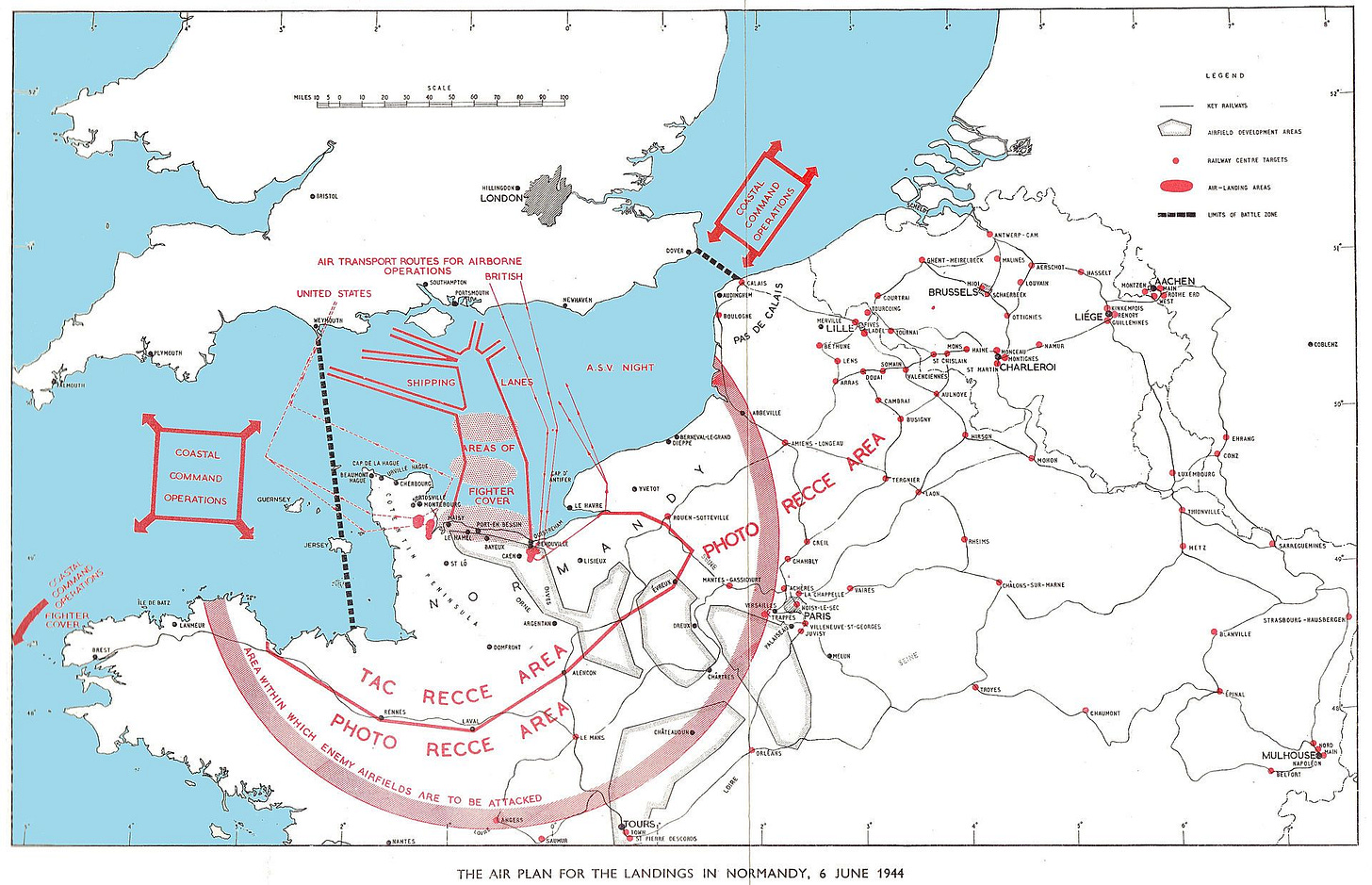








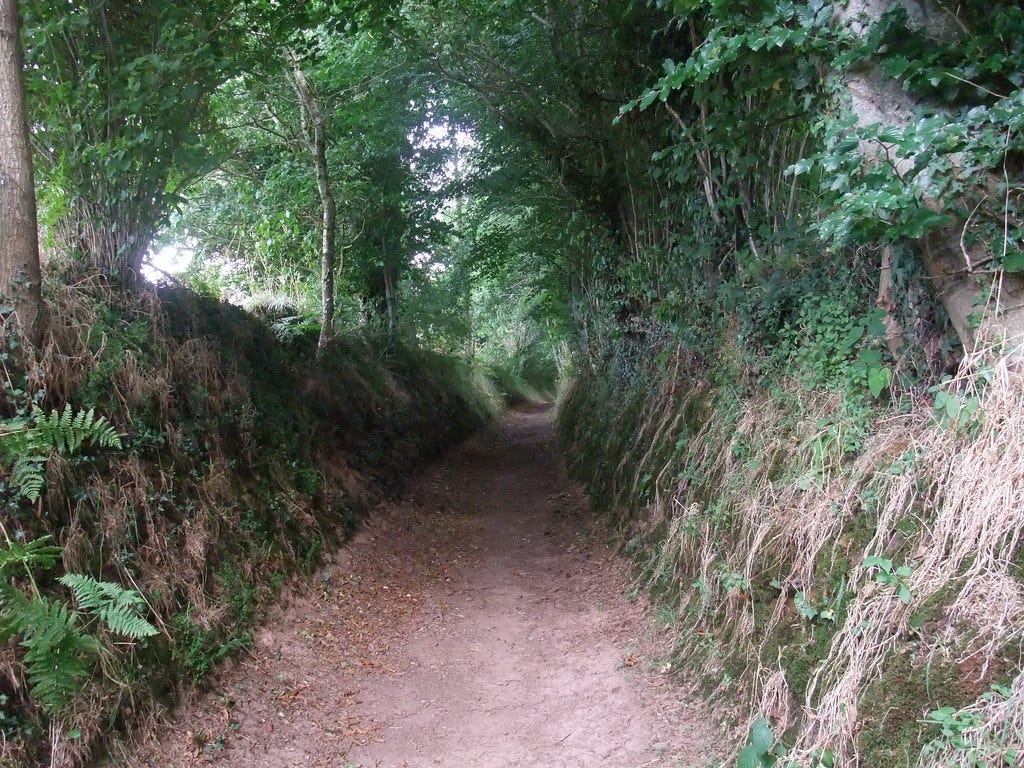
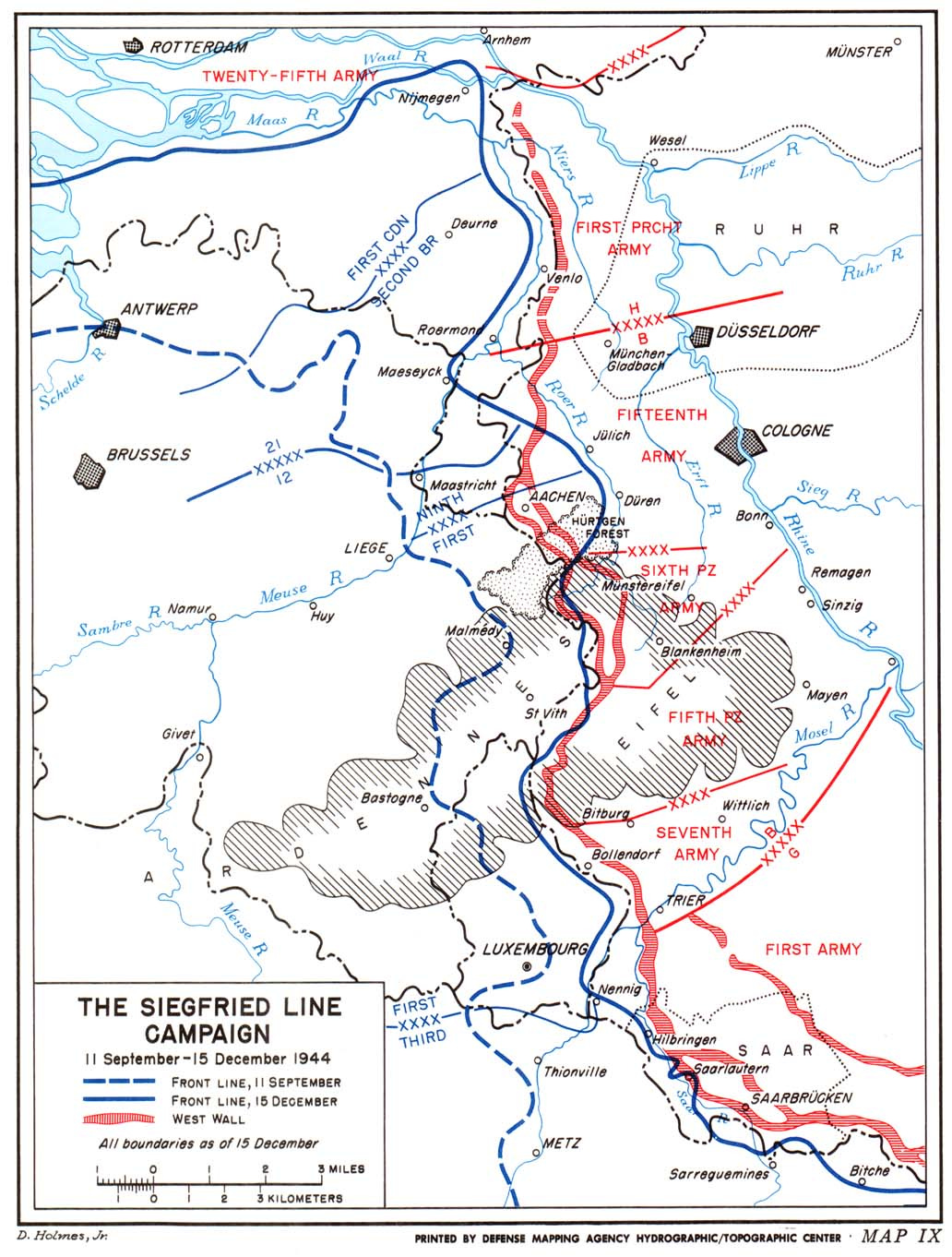


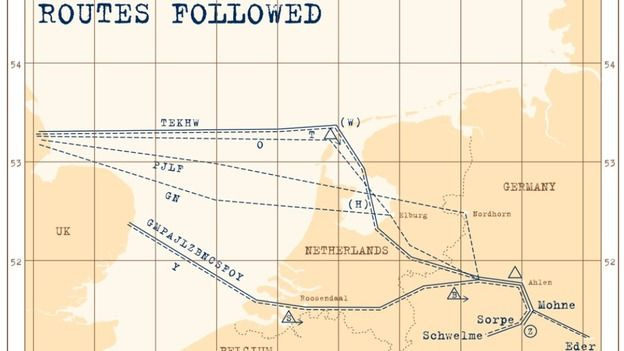
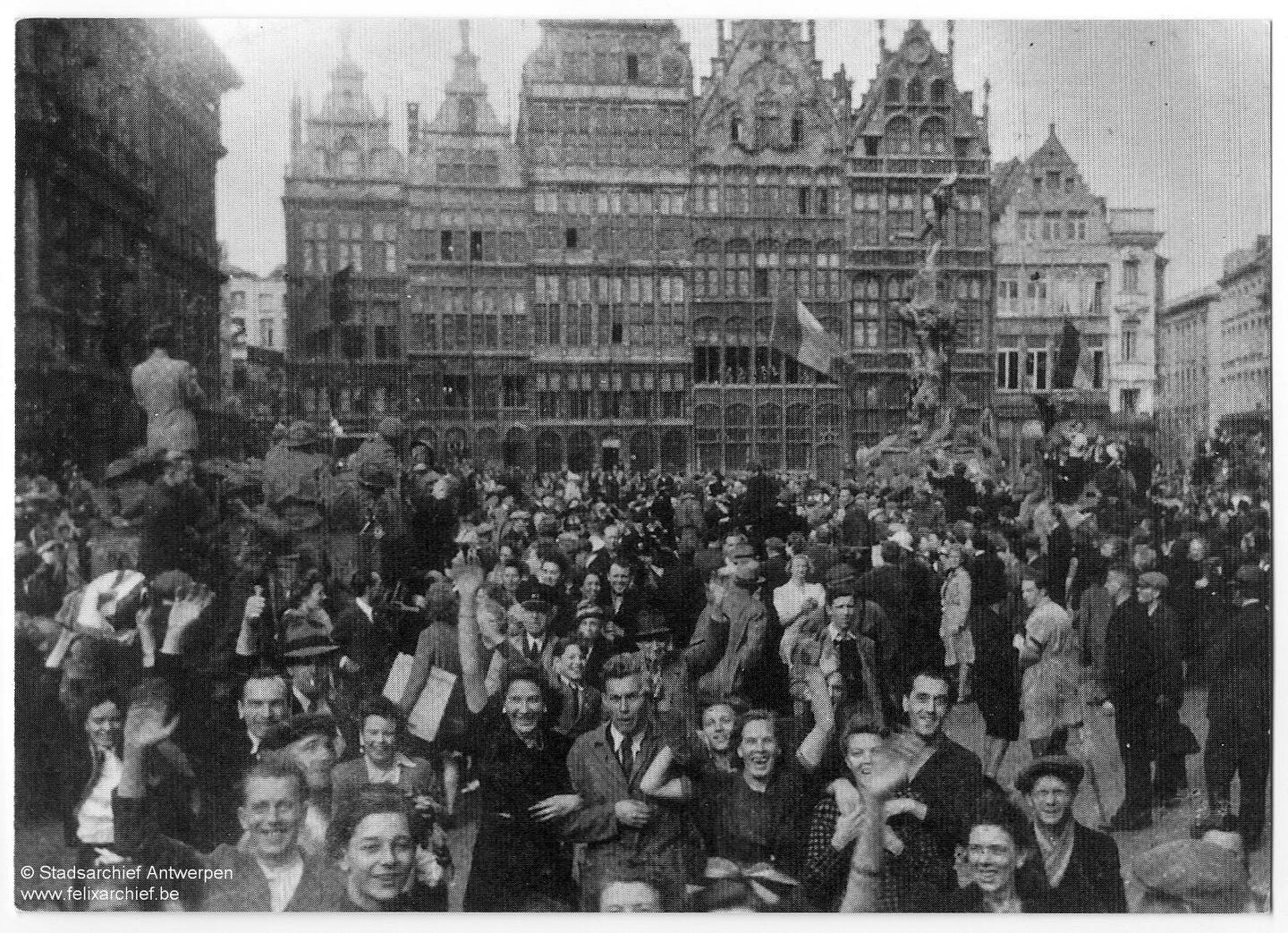
But there wouldn’t have been the number of casualties as at Normandy, or the wasted machinery, vehicles, etc. Which are the largest goals of those who started and funded the war: kill the most people and make the most money in contracts.
Tongue in cheek but only slightly.